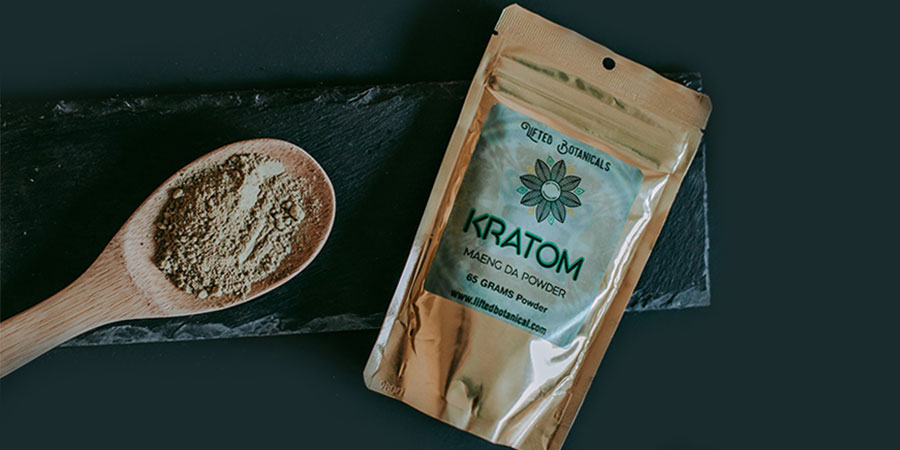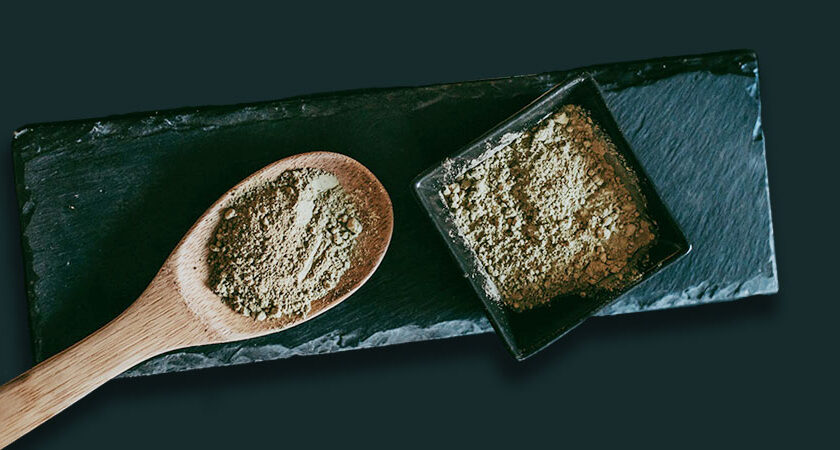Kratom, derived from the leaves of the Mitragyna speciosa tree native to Southeast Asia, has garnered significant attention due to its potential effects on mood and energy levels.
If you’re considering trying Kratom for the first time, it’s crucial to approach it with knowledge and caution. Happy Go Leafy products offer a range of Kratom options, ensuring users can explore this botanical supplement with quality and confidence.
Here’s everything you need to know as a first-time consumer.
Understanding Kratom Strains
When selecting a Kratom strain, think of it as choosing a type of coffee – each has a different flavor and strength.
Red vein Kratom is often favored for its potential to ease discomfort and promote relaxation, similar to how one might enjoy a soothing herbal tea before bed. White vein varieties are the ‘espressos’ of Kratom; they may energize and prepare you for intense focus or physical exertion.
Meanwhile, green vein Kratom is akin to a daily drip coffee as it offers a balance of the two effects, making it a versatile choice for those new to Kratom.
Recognizing the vein color is just the start. Strains are also often named after their country or region of origin, such as Bali, Maeng Da, or Thai, each with subtle differences.
As a new user, you should sample a variety of strains to find what works best for you. Starting with a green vein variety or a sample pack from a reputable vendor could provide a helpful introduction without overcommitting to a single type.
Dosage Matters
The impact of Kratom varies significantly with dosage, and understanding this can mean the difference between a positive and a negative experience.
A low dose of Kratom (1-5 grams) can have a stimulating effect, which might be perfect for early mornings or when you need to stay alert. Just as you carefully measure coffee to avoid jitters, you should measure your Kratom accurately using a digital scale.
Moderate doses (5-15 grams) may lead to more pronounced effects, which could be likened to taking a strong antihistamine or analgesic. At this level, you might feel more sedated and less responsive to physical pain, akin to the effects of certain prescription medications.
It is essential as a new user to approach higher doses with respect and to incrementally increase your dosage from a low starting point as you gauge your body’s reaction.
Methods of Consumption
The method of consuming Kratom will influence the onset and duration of effects. Kratom powder can be mixed with water or juice, which might have a bitter taste but is a quick method for absorption.
Some prepare it as a tea, which can be a more enjoyable way to consume the plant and can be easily integrated into a morning routine.
Capsules are convenient, discreet, and avoid the taste issue, but they may take longer to have an effect since the capsule must dissolve first. They are akin to taking a vitamin supplement – easy and no-fuss.
Kratom extracts, which are more concentrated and potent, are also available. They should be used with caution, especially by new users, as it is much easier to consume a high and potentially uncomfortable dose. They are similar to using concentrated essential oils where a little goes a long way.
Legality and Regulation
Kratom’s legal status is a patchwork of regulations that change from one region to another. It’s not unlike the legal landscape of cannabis; what’s permitted in one state or country can be forbidden in another.
Before you purchase or consume Kratom, ensure you are well informed about the laws in your location.
Due to its unregulated status in many areas, there’s no government oversight to standardize the safety or quality of Kratom products. This means you need to be proactive in researching and verifying the reliability of your source. It’s akin to buying supplements online – without FDA approval, you must rely on reviews, lab tests, and vendor transparency to ensure product safety.

Quality and Safety
The importance of sourcing high-quality Kratom cannot be overstated. Just as you wouldn’t purchase food items from a questionable source, you shouldn’t buy Kratom without confidence in the vendor’s product quality and business practices.
Look for vendors who provide detailed product information and who conduct third-party lab testing to verify the purity and potency of their Kratom.
Safety goes beyond the source; it’s also about how you store and handle Kratom. Keep it in a cool, dry place away from direct sunlight to maintain its quality. Be mindful of expiration dates, as older Kratom may lose potency or become susceptible to mold and other contaminants.
Potential Effects and Interactions
Kratom’s active compounds, mitragynine, and 7-hydroxymitragynine, interact with opioid receptors in the brain which can lead to effects ranging from stimulation to sedation.
Due to these interactions, Kratom can have contraindications with other substances. It’s not unlike how grapefruit can interfere with medication; it’s important to know what combinations can be harmful.
Always consult with a healthcare provider before combining Kratom with other substances, especially prescription medications.
The use of Kratom should be approached with the same caution as starting a new medication. Be aware of how your body responds, and be vigilant about potential side effects. If using other substances, even over-the-counter ones, consider Kratom’s possible additive effects.
Hydration and Nutrition
Kratom’s diuretic effect emphasizes the need for adequate hydration. Dehydration can cause a multitude of issues, from headaches to dizziness, which could be exacerbated by Kratom use.
As such, you should increase your water intake, much like athletes do to counteract dehydration during intense exercise.
Consuming Kratom on an empty stomach may lead to faster absorption, but it could also increase the risk of stomach discomfort. It’s similar to how some people can’t tolerate coffee without food. Eating a small meal or snack prior to taking Kratom might help mitigate any potential gastrointestinal upset.
Tolerance and Dependence
Like many substances, regular Kratom use can lead to tolerance, requiring higher doses to achieve the same effects. This can escalate to dependence, where the body adapts to the presence of the substance and may react negatively when it’s absent.
It’s not dissimilar to caffeine dependence, where regular consumers might experience withdrawal symptoms like headaches and irritability when they skip their usual coffee.
Rotating strains or taking periodic breaks from Kratom can help prevent tolerance. This method is similar to how some individuals cycle supplements or medications to maintain effectiveness. Being mindful of your consumption patterns is key to sustainable, responsible use.
Kratom Etiquette
Being considerate of others and using Kratom discreetly is part of responsible use. This means respecting the fact that not everyone is comfortable with its use and ensuring that your consumption does not negatively impact those around you.
Just as smoking is prohibited in certain areas to respect others, the same discretion should apply when using Kratom, especially in public spaces.
Do not operate vehicles or heavy machinery under the influence of Kratom. The potential sedative effects, particularly at higher doses, can impair reaction time and judgment. This precaution is in line with standard warnings against operating vehicles under the influence of sedatives or intoxicants.
Withdrawal and Cessation
If you decide to stop using Kratom after regular consumption, tapering off gradually may ease the withdrawal process. Sudden cessation can result in symptoms such as fatigue, cravings, and irritability.
It’s similar to the process of quitting caffeine; a gradual reduction can help minimize discomfort.
It’s helpful to consult with healthcare professionals or support groups if you’re struggling with withdrawal symptoms. They can offer guidance and strategies for managing the cessation process.
Informed Choices
When considering Kratom use, base your decisions on a combination of credible sources, scientific research, and personal health considerations. While online communities and anecdotal reports can provide insights, they should be supplemented with information from scientific literature and professional medical advice.
Listening to Your Body
Every individual’s body chemistry is different, which means reactions to Kratom can vary widely. What works for one person may not work for another.
Paying close attention to how your body responds to Kratom, starting with small doses, and adjusting as necessary is akin to personalizing a diet plan – it should be tailored to your unique needs and responses.
Cultural Sensitivity
Kratom has been used traditionally in Southeast Asia for centuries, often for its stimulant and analgesic properties. As with any traditional remedy, it’s important to approach Kratom with respect for its cultural origins.
Educate yourself about its historical uses and current cultural significance.
This cultural sensitivity ensures that as Kratom is integrated into new contexts, it’s done with respect for the communities where it has been a traditional substance.





